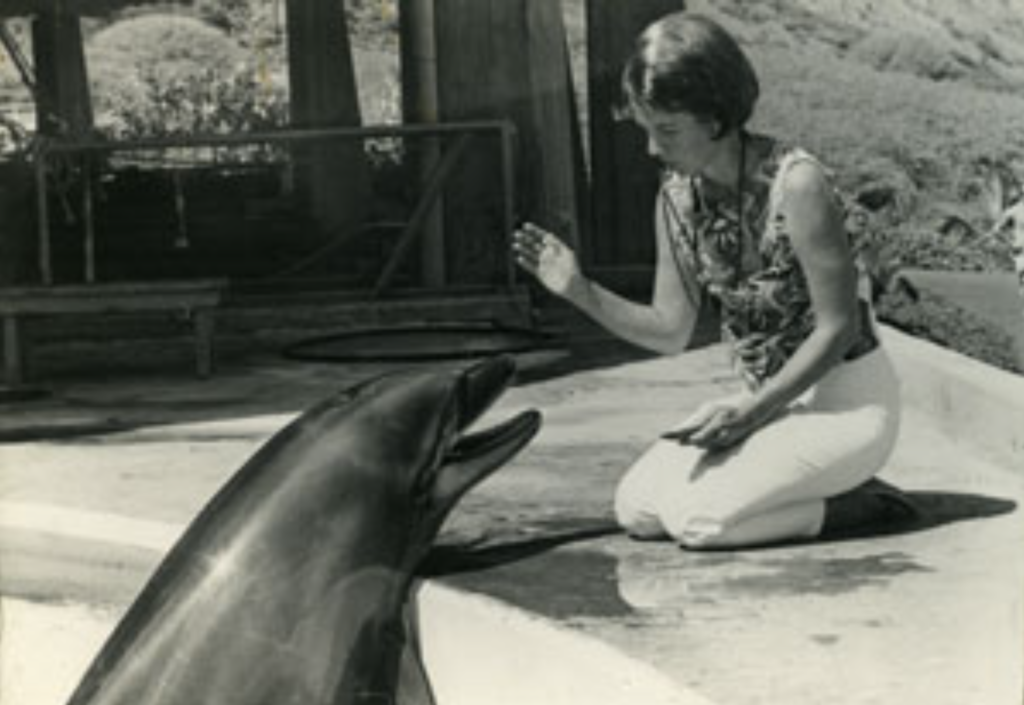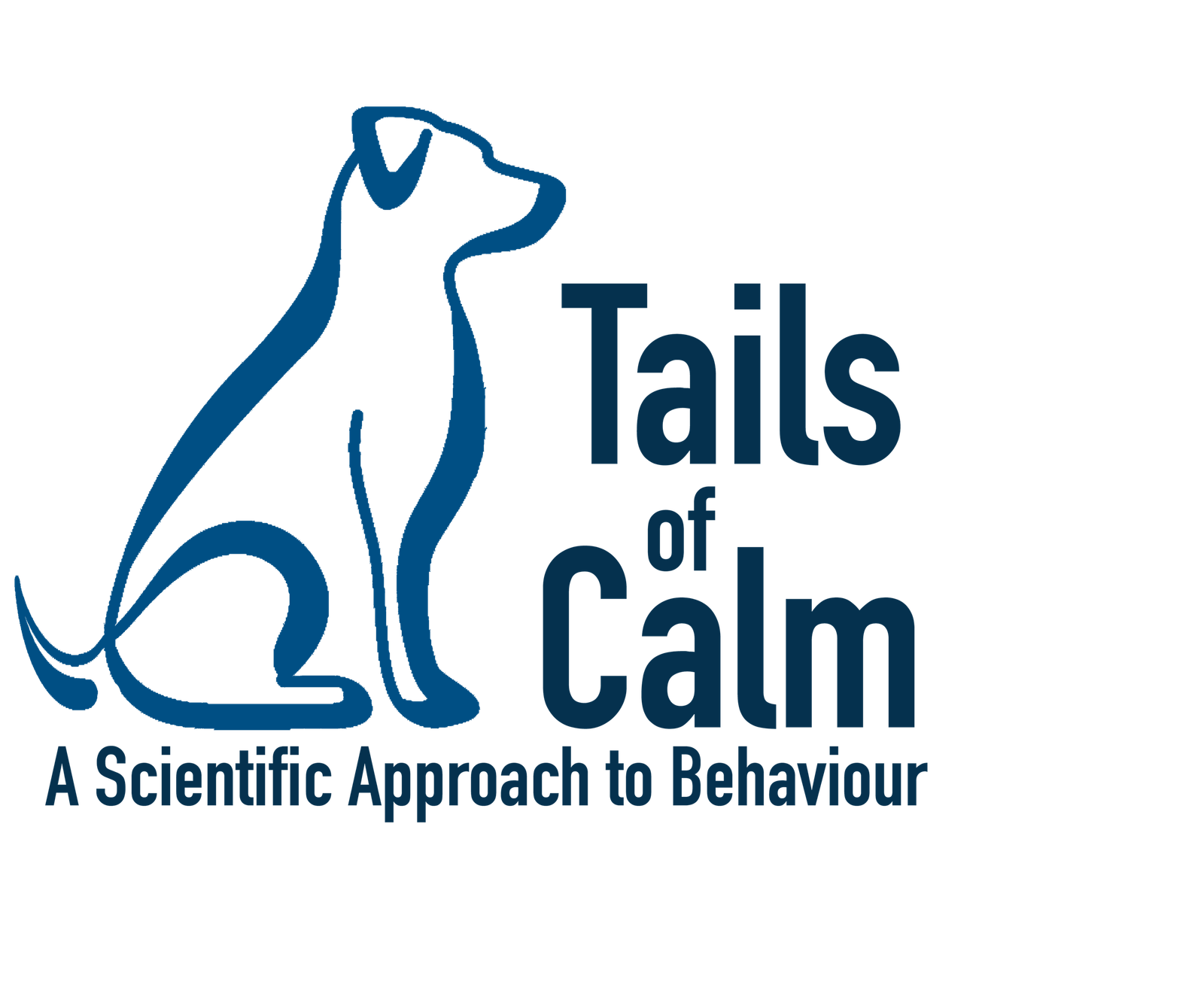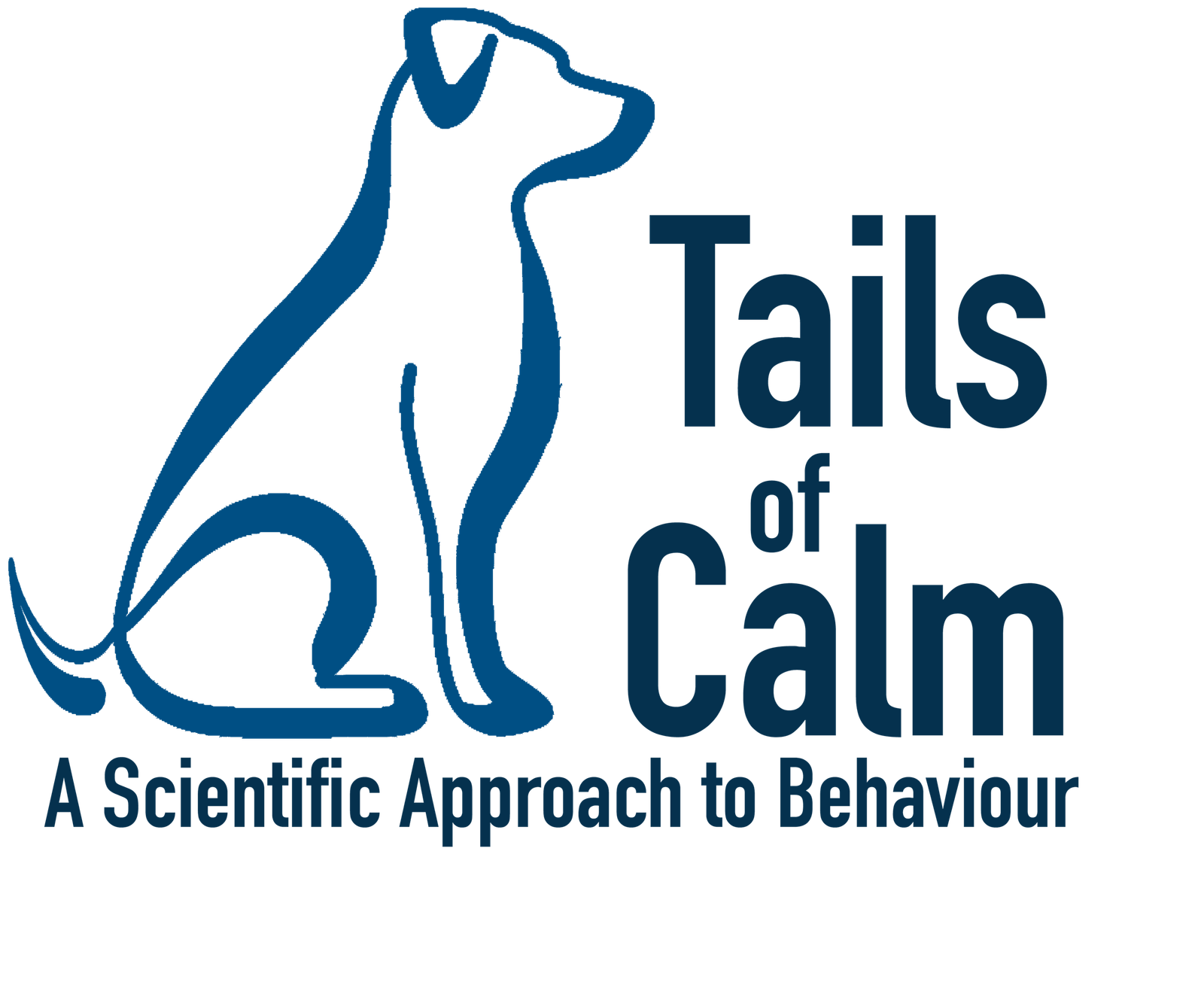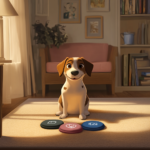Clicker training is a powerful and versatile method of communication with animals. It can be used to teach new behaviours as well as modify existing behaviours while harbouring an enriching environment for both the trainers and their trainees.
A clicker is a small handheld device that makes a distinct clicking sound when pressed. The premise of clicker training is when an animal does the desired action, the guardian marks the precise moment the behaviour is performed by pressing the clicker; this is followed by presenting the animal with a reinforcer such as a treat. With repetition the animal pairs the sound of the click with a reinforcement he/she enjoys and is more likely to repeat the behaviour that resulted in the click in the future.
Clicker training is an extremely effective method of communication with an animal rooted in principles of respondent and operant conditioning. The sound of the clicker marks the exact moment a behaviour has taken place, without lag or ambiguity. Reinforcement in the form of treats, play, or any other activity that the animal enjoys is followed immediately after the sound of the clicker, consistently. This encourages the animal to repeat the behaviour in the future in order to hear the click and receive the reinforcement.
Conception and Evolution of Clicker Training:
Initially developed by Marian Breland Bailey and Keller Breland, students of the world renown psychologist, B.F. Skinner, in 1940s, gaining wide recognition in 1960s and 1970s in marine animal training including whales and dolphins. Clicker training was later expanded in effective training of other animals in zoos as well as working animals and house pets.

World renown animal trainer, Karon Pryor, cueing a dolphin at Sea Life Park in Hawaii (Image taken from: Karon Pryor Website)
Advancements in understanding Learning Theory principles, refinement of training techniques, and an expanding range of applications across different species and contexts has revolutionized Clicker training. Studies have shown accelerated learning across species catering to an environment free of stress and anxiety while enhancing the bond between the animal and his/her guardian
Association and pairing of the sound of clicker with reinforcement
In clicker training, the process begins with introducing the clicker to the animal, where the trainer presents the clicker and produces the clicking sound. This step is followed by immediate reinforcement, as the trainer provides a reward such as a small treat or verbal praise right after the click, ensuring a clear association for the animal. Through repetition, the clicking sound paired with reinforcement is repeated multiple times to solidify the connection between the clicker and the positive outcome.
Once pairing is of the sound of clicker with reinforcement is established, the guardian can use the clicker with behaviours the animal knows as follows:
Guardian says “Sit”
Dog sits
Guardian clicks and reinforces behavior
This concept can be repeated to teach any new behaviour through capturing and shaping.




